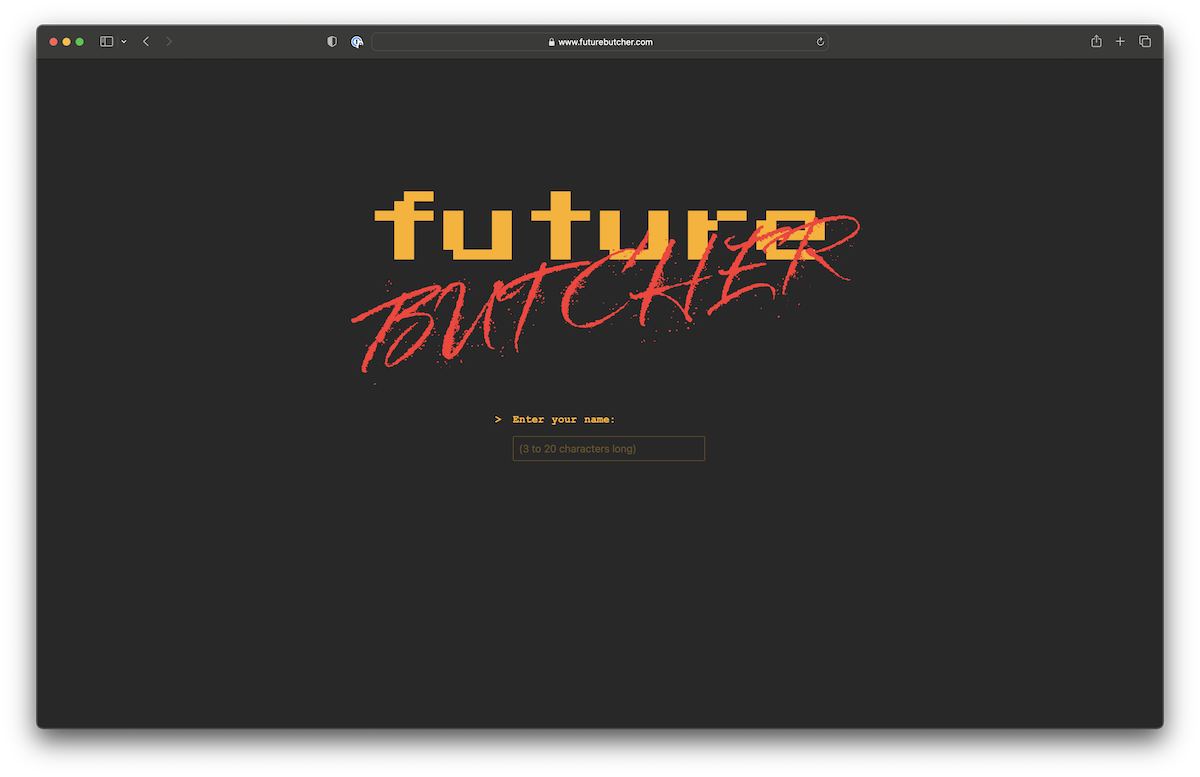Future Butcher
Background
Do you remember Drug Wars? I spent hours during high school math class playing that game on my TI-83 calculator. I got hooked on the game's simplicity, fascinated by how the combination of RNG and an edgy subject combined to make it infinitely replayable.
So in 2017 when I needed a project to learn the Elixir programming language, Drug Wars came to mind. I had started reading the excellent Pragmatic Programmers book Functional Web Development with Elixir, OTP, and Phoenix, which provides an in-depth tutorial building a Battleship-type game. But instead of following the material to the letter, I decided to build my own game with the book as a guide. I didn't want to rip off John E. Dell's original either, so I spent some time brainstorming a new world.
